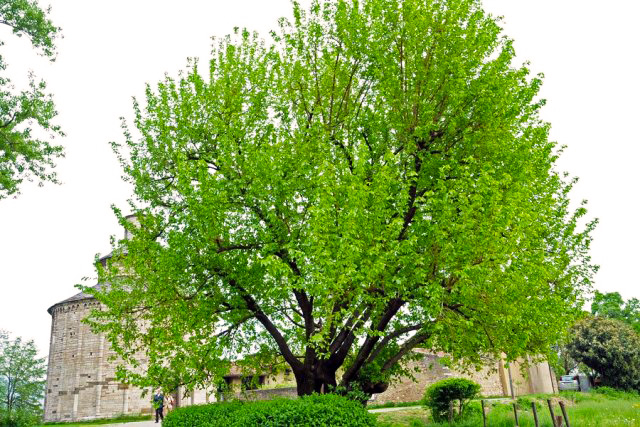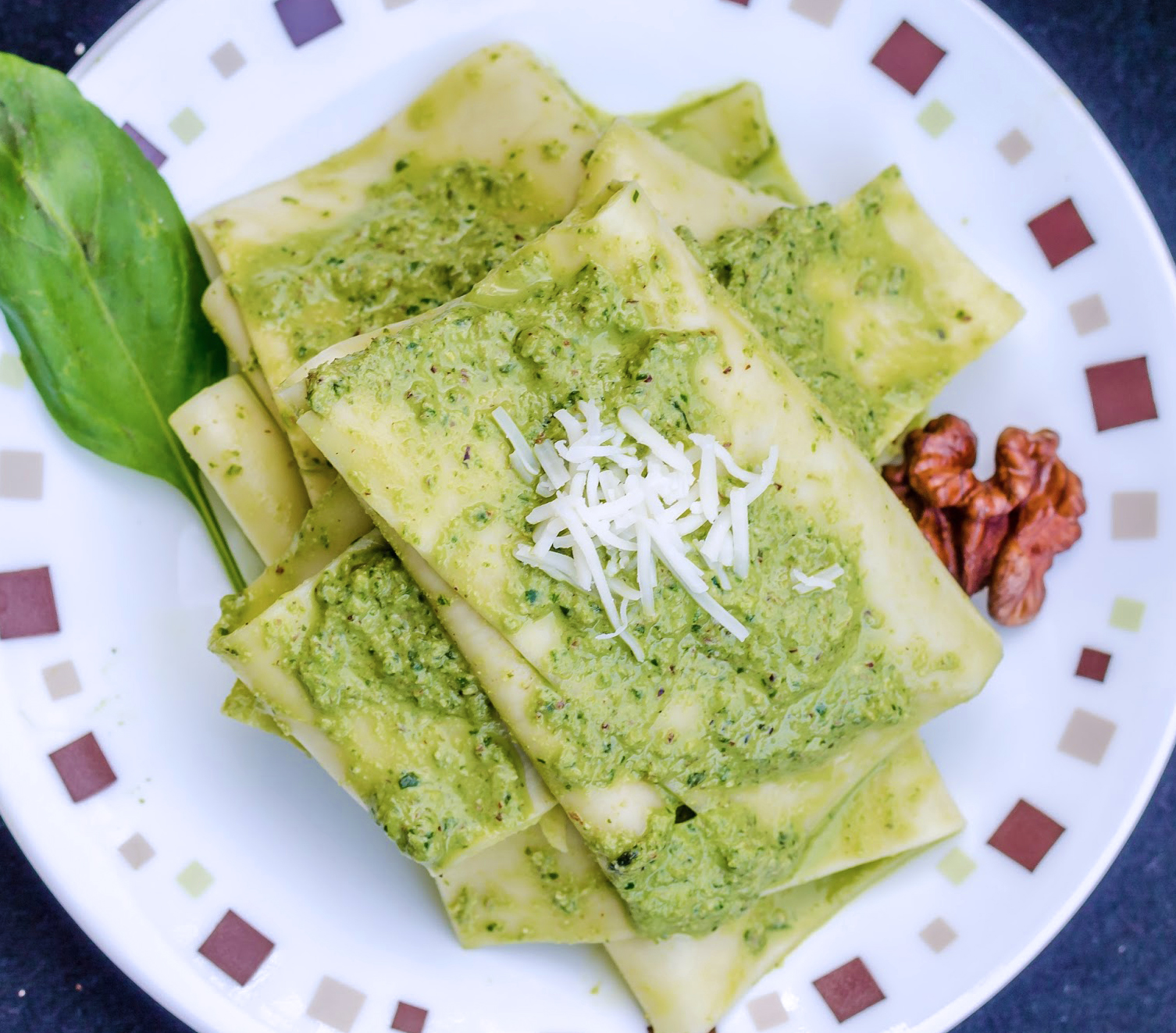Although Lake Como provides the boutiques and couture artists of the world with its luxury silks, many people assume that Milan is the place to venture for the sublime fabric, when in actual fact Como is the heart of silken history and production.
The history of silk interestingly begins with some creative smuggling. Many of the facts are a bit murky, but the accepted story is that in the sixth century, silkworms were smuggled out of China in bamboo canes and brought to the eastern Mediterranean by two merchants who either disguised themselves as priests, or in fact were men of the cloth. From there, breeding of the silkworms spread first to Sicily and then northward to the peninsula.
There are many reasons why Como became the heart of silk production in Italy, but two important factors were an ample water supply (from Lake Como and the nearby northern Alpine streams) and mulberry farming that thrived in the Po River Valley to the south. This second factor was crucial, since although a silkworm will eat anything, it can only produce silk if it consumes mulberry.
The credit for establishing Como as a silk producer goes to Ludovico Sforza, the Duke of Milan, although he is best remembered as the man who commissioned Leonardo da Vinci’s The Last Supper. In the 15th century, this forward-thinking nobleman had mulberry trees planted all around Lake Como and encouraged the rearing of silk worms. It was not long before the region’s economy was booming, based on silk production at numerous factories, particularly in the cities of Cernobbio and Como.
By the turn of the 18th century, Como had become Italy’s largest silk producer, with the help of mechanical methods replacing older ones. The industry saw another boost in 1869, with the foundation of the Setificio Paolo Carcano, a prestigious school for silk craftsmen. This school trained the most talented of Italy’s silk masters and still does today. Como’s rise continued and by 1972 it out-produced both China and Japan.
Silk is an exceedingly complex product to craft. Its production requires a multitude of stages. The silkworms must be bred and once each worm has stopped growing, it produces a very thin thread which then wraps around itself, creating the cocoon. This single piece of thread must then be unwound and is normally over 4,000 feet long! This one thread will then be joined with others in order to become a thread that is strong enough to be used in textile production. The thread must be twisted and then the fabric must be woven, dyed, printed and finished. Every single step must be done perfectly to ensure a high-quality product. To accomplish such a lengthy process requiring such diverse skills, the work is carried out by multiple specialist factories that work together to achieve a common goal.
Through this process, Lake Como is able to produce the best silk in the world; the product not just of impressive manual skill, but of the collective passion of a whole region of people dedicated to the perfection of their craft. Silk ties and scarves are particularly popular in Como, as well as tailored blouses and shirts. Some of the large designer names who rely on Como’s silk houses include Yves St. Laurent, Karl Lagerfield, Chanel, Armani, Hermes, Ferre, Valentino, Versace and Ungaro. Today, Como annually produces 3,200 tons of silk, representing 85% of all silk made in Italy and it provides 70% of Europe’s silk.





